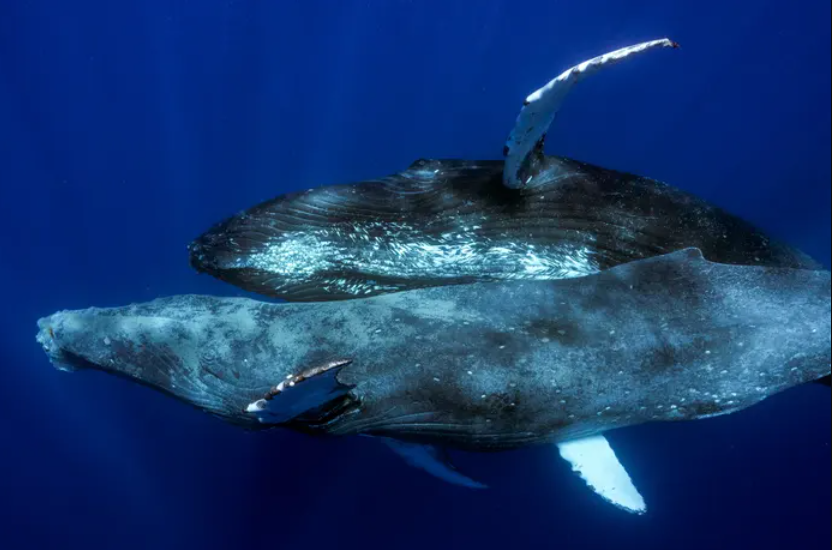
1. Unprecedented Discovery of Same-Sex Mating in Humpbacks
Maui, Hawaiʻi: For the first time, photographers have documented two male humpback whales engaging in sexual behavior off the coast of Hawaii. This observation, made in January 2022, is notable for being the first recorded instance of both copulation in humpback whales and homosexual behavior within the species. Despite extensive research on these marine mammals, such interactions had remained undocumented, challenging existing perceptions of their behavior and social structures.
This event, detailed in a new study published in the Marine Mammal Science journal, suggests humpback whales may engage in same-sex activities for reasons such as practicing reproductive behaviors, forming social alliances, or establishing dominance. The sighting adds to the understanding of the complexity and diversity of animal sexuality, especially among large, highly visible marine creatures like humpback whales.
Thank you for your generous gift that will help us continue the production of this weekly, free publication
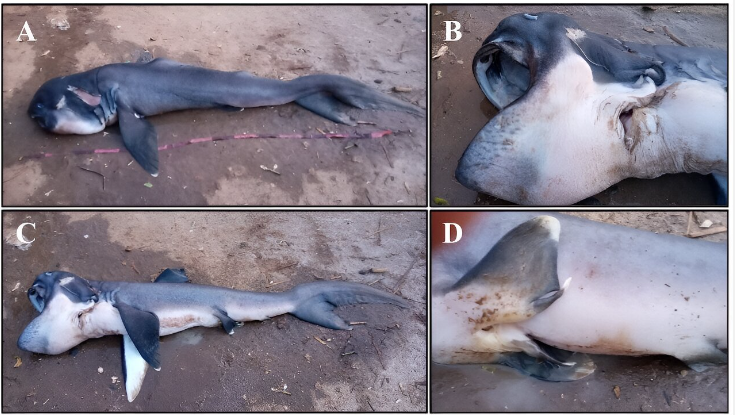
2. Rare Megamouth Shark Found in East Africa for the First Time – Why so Little Is Known About It
ZANZIBAR, Tanzania: A rarely seen megamouth shark, Megachasma pelagios, was spotted in East Africa for the very first time. This sighting was only the sixth time a megamouth had ever been found off the coast of Africa. The megamouth is a large-bodied shark found all over the world. Its name, megamouth, comes from its large mouth.
Shaped a bit like a tadpole, with a huge mouth that takes up half its head. Fewer than 280 megamouth sharks have ever been spotted anywhere in the world. It is not a top predator but rather a filter feeder, feeding on plankton, and is the smallest of only three shark species in the world that are filter feeders. Megamouth sharks are hardly ever seen, which suggests it is likely a solitary type of animal.
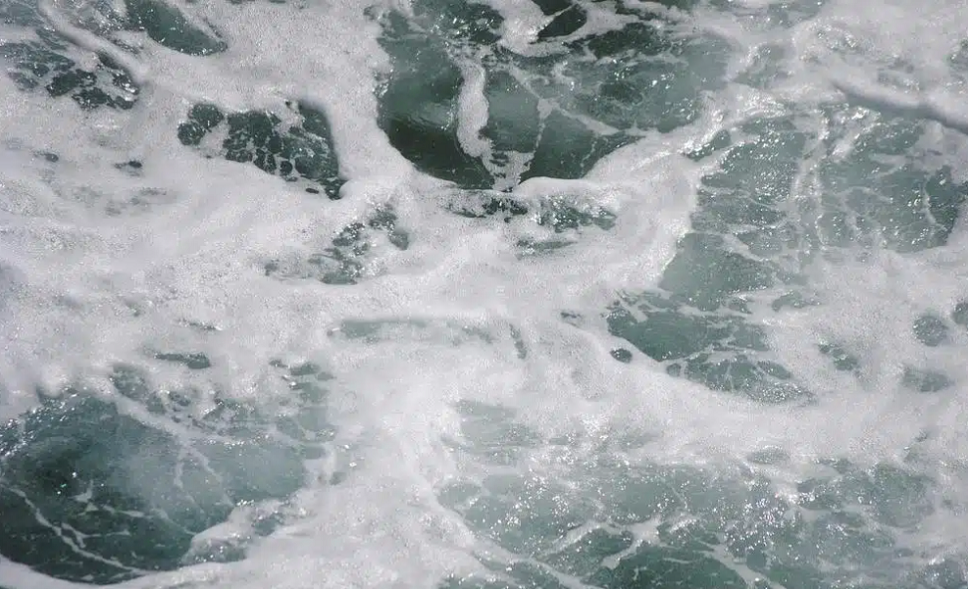
3. The Economic Benefits of Global Ocean Conservation
The Blue Economy stands as a beacon of innovation and sustainability, offering a promising blend of economic growth and environmental stewardship. It’s a concept that sees the vast blue expanses of our oceans not just as zones for exploitation but as vital resources that, when managed with care, can sustain our future. The oceans’ contribution to the global economy is monumental, with sectors like fishing, shipping, and tourism generating trillions of dollars.
These industries thrive on the health and vibrancy of marine ecosystems; ocean conservation, therefore, highlights the intrinsic link between economic prosperity and environmental sustainability. The path toward a sustainable and economically beneficial relationship with our oceans requires collective action. Each of us has a role to play in supporting ocean conservation efforts. Making sustainable choices, supporting environmentally responsible businesses, and advocating for robust conservation policies are ways we can contribute to this cause.
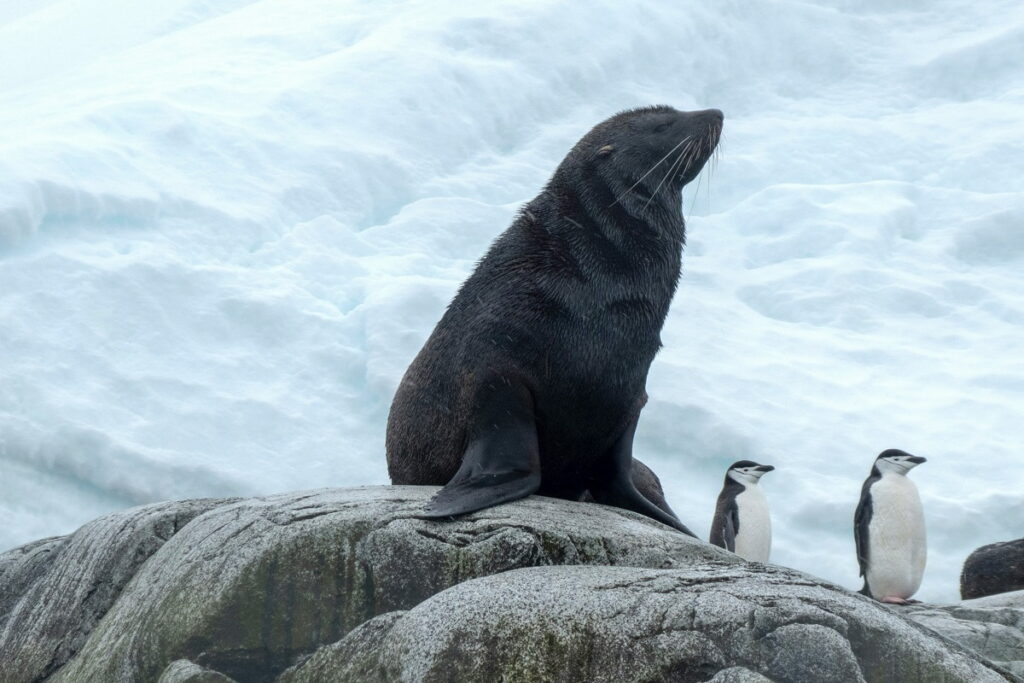
4. Antarctic Diplomacy and the Critical Role of Inspection Mechanisms
SYDNEY: Traditionally, the international legal framework governing the Antarctic region – the Antarctic Treaty System (ATS) – has been insulated from the impact of geopolitical conflict. This is no longer the case. While some see escalating conflicts as threatening the future integrity of the ATS as an international legal framework, it is important to remember the purpose of international law is to not only facilitate international cooperation but also manage conflict that inherently arises within the international system.
International law might be bolstered through greater use of inspection mechanisms that are built into the key treaties of the ATS. Inspection mechanisms can, therefore, build mutual assurance among treaty parties of reasonable compliance by all states and lessen concerns that some states are seeking advantages by breaching the rules of the treaty.
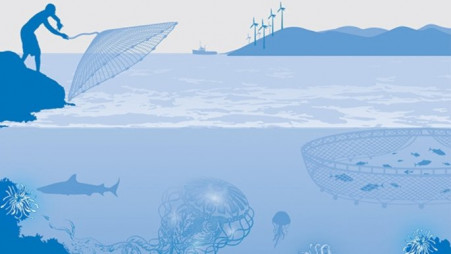
5. Fishworkers Claim Snag in Blue Economy Plan
PANAJI, India: The National Fishworkers’ Forum (NFF) criticized the Indian government’s blue economy model for sustainable development for harming rather than helping oceans and ocean communities. The blue economy policy has witnessed amendments to crucial environmental acts, including the Forest Conservation Act, Biodiversity Act, and Coastal Aquaculture Act. But NFF sees it differently.
“Despite warnings from the Intergovernmental Panel on Climate Change about the increased risk of flooding in South and Southeast Asia, the Centre and the G20 remain focused on exploiting ocean resources,” the NFF said. This, it argues, leads to the displacement of coastal communities in favour of corporate interests. The NFF noted the adverse effects of cultured fisheries over traditional capture methods, the centralization of state ports, and the push for deep-sea mining. The NFF seeks the passage of a Coastal Rights Bill in Parliament to safeguard the rights of coastal dwellers and the environment.
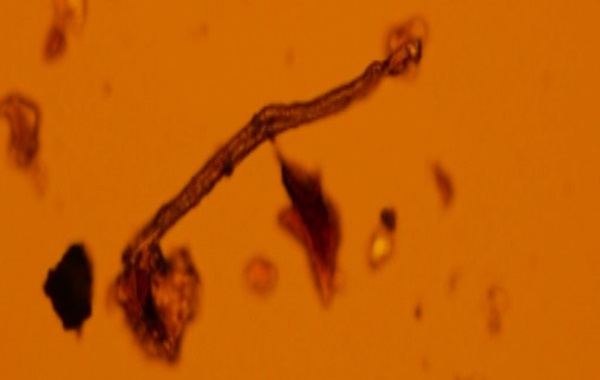
6. Microplastics Discovered in Every Examined Human Placenta, Alarming Study Reveals
Microplastics are invading human bodies around the world. The University of New Mexico along with researchers from Baylor College of Medicine and Oklahoma State University, has found microplastics in every sample of human placenta they examined. It was determined that polyethylene, the type of plastic commonly used in packaging such as plastic bottles and bags accounted for about 54% of the samples. There were also significant detections of polyvinyl chloride (PVC) and nylon.
The placenta develops around the 8-month period of pregnancy and is vital to the development of the human fetus. The discovery of microplastics in samples highlights the potential risks and underscores the importance of addressing plastic pollution with immediate and decisive action. Environmental pollution is a growing world crisis and this study shows just the tip of how it is affecting the human population.
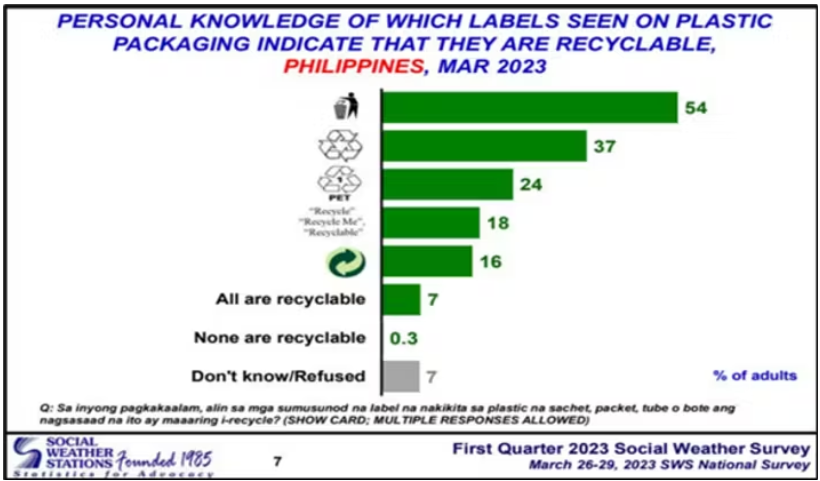
7. Consumer Goods Firm Reaches Agreement Over False Recycling Claim in the Philippines
Philippines: The credibility of plastic recycling claims came under a spotlight in the Philippines after Procter & Gamble (P&G) made an “amicable settlement” with activists over alleged misleading labels on its packaging. The United States-headquartered consumer goods company and 32 complainants struck an agreement to settle the case filed before the Department of Trade and Industry’s Fair Trade Enforcement Bureau, which regulates compliance with local laws to protect the interests of the consumer.
(Only P&G agreed to enter into a dialogue with the complainants after the case was filed against it and Unilever, Coca-Cola, Pepsi, Nestlé, Colgate, and Universal Robina Corp in November 2022.) The complainants said that the use of recycling symbols like the Mobius loop and tidy man, printed words like “recycle me,” “recyclable,” “recycle,” and “recycle ready” on the product packaging is false and misleading because not all plastic is recyclable.
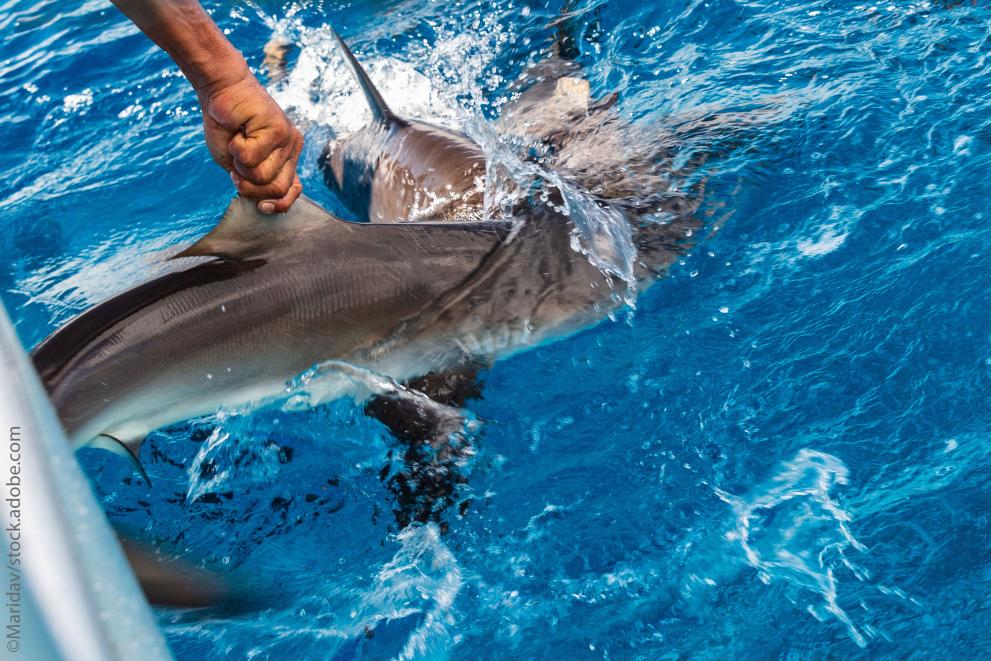
8. European Commission Calls for Evidence on a Potential Ban on Sales and Trade of Loose Shark Fins
As part of the response to the European Citizens’ Initiative “Stop Finning – Stop the Trade”, the European Commission is considering measures to step up shark protection. Sharks play a vital role in maintaining the balance of marine ecosystems and they are vulnerable to human activities. Despite efforts to improve the conservation of sharks in recent years, many populations of sharks are in a critical situation – over one-third of shark species are threatened with extinction.
The Commission has published a call for evidence seeking views and expertise on the environmental, social, and economic consequences of a potential ban on EU sales and international trade of loose shark fins. This is addressed to organisations and individuals involved in the conservation of marine resources, stakeholders with related economic interests, researchers, and consumer representatives, both within and outside the EU.
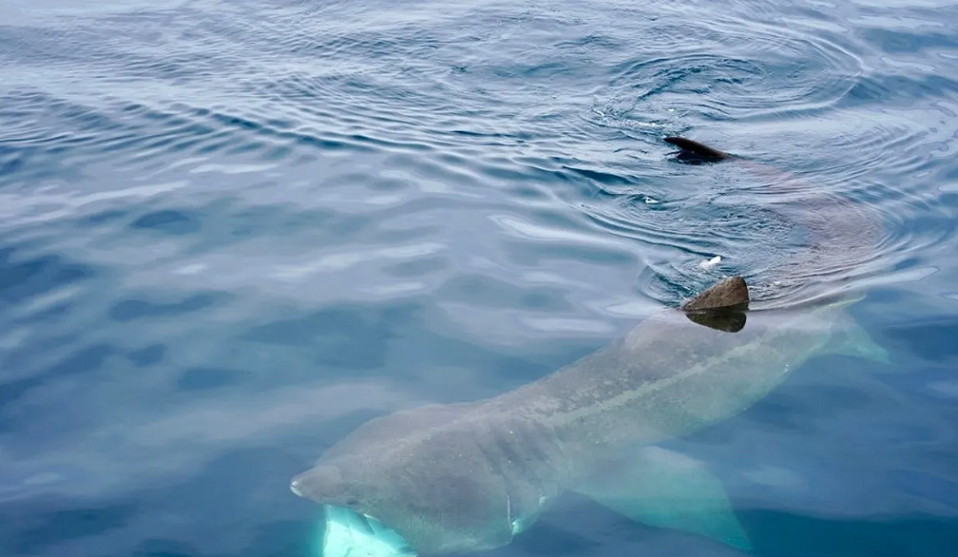
9. Majestic Basking Sharks Make a Rare Appearance off the Santa Barbara Channel
SANTA BARBARA, Calif: Under the guidance of Andrea Mills, an educator, and naturalist with nearly three decades of experience, passengers were treated to the sight of two basking sharks, their lengths estimated to be between 20 to 25 feet. Basking sharks, the world’s second-largest fish, can grow up to 32 feet and weigh over 5 tons, yet their size belies their docile nature and their diet, which consists primarily of plankton.
Once a common sight in the Santa Barbara Channel, basking sharks have become a rarity, victims of practices such as shark finning and the commercial harvesting of their livers for oil. These activities have significantly reduced their numbers, casting a shadow over their presence in marine ecosystems. Efforts to curtail harmful practices like shark finning have begun to pave the way for the slow but hopeful rebound of species like the basking shark.
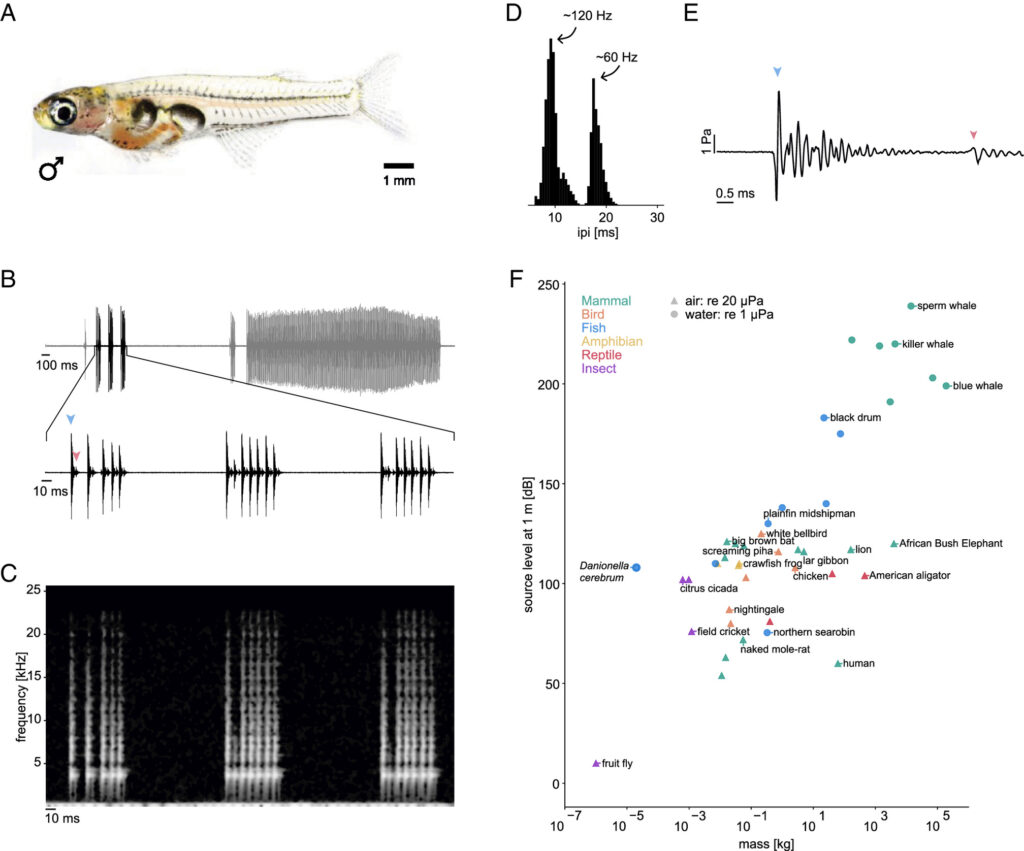
10. Ultrafast Sound Production Mechanism in One of the Smallest Vertebrates
How can the fish Danionella cerebrum, a small vertebrate under 12 mm in length, produce sounds over 140 dB? It was found that the fish possesses a unique sound production apparatus – involving a drumming cartilage, specialized rib, and fatigue-resistant muscle – which allows it to accelerate the drumming cartilage at extreme forces and generate rapid, loud pulses. These findings challenge the conventional notion that the speed of vertebrate skeletal movement is limited by muscle action.
The sound production mechanism of the pulses generated by D. cerebrum has been a mystery, and in this study, high-speed video recordings were used to investigate the mechanism of sound production. Understanding this extraordinary adaptation expands our knowledge of animal motion and highlights the remarkable diversity of propulsion mechanisms across species, contributing to our broader understanding of evolutionary biology and biomechanics.
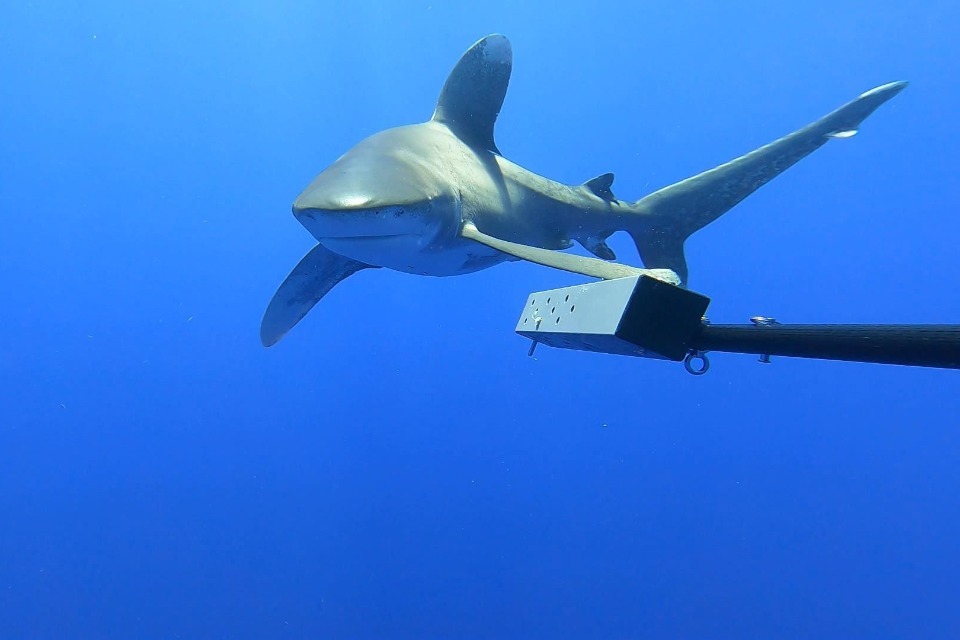
11. Public’s Phone Use Key to Saving Rare Marine Species
LONDON: The UK’s flagship ocean conservation program, the Blue Belt Programme has launched a new app that allows the public – both amateur and expert ocean explorers – to identify and ID tag turtles, sharks, whales, and other marine life using their mobile phones. In collaboration with the Zoological Society of London’s Instant Wild platform, footage collected by people around the world will be accessible in UK Overseas Territories via the Instant Wild camera monitoring platform, supporting conservation efforts in some of the most biodiverse places on the planet.
This will also assist the OT governments in better understanding the ecosystems in the territories, home to 93% of biodiversity found in British territory. Established in 2016 by the UK government, the Blue Belt Programme is the world’s largest marine protection program and covers the Atlantic, Pacific, Indian, and Southern Oceans.
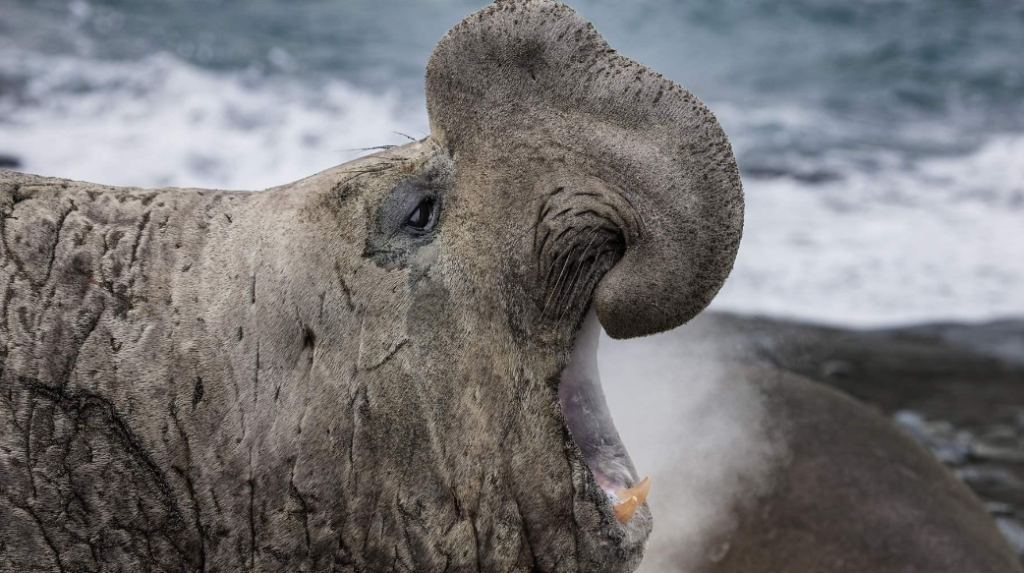
12. UK Expands Marine Protections in South Georgia and the South Sandwich Islands
LONDON: The Pew Bertarelli Ocean Legacy Project, working in partnership with the Great Blue Ocean coalition, today applauded the UK and local government’s decision to vastly expand marine protections for the frigid, nutrient-rich waters surrounding South Georgia and the South Sandwich Islands (SGSSI)—which support one of the largest and most varied aggregations of wildlife on the planet.
Recognising the region’s biological significance, UK Minister of State at the Foreign, Commonwealth and Development Office and the Department for Environment, Food and Rural Affairs Lord Richard Benyon, today announced full protection for more than 166,000 additional square kilometres (64,000 square miles) of the South Atlantic Ocean surrounding the remote islands. The announcement, which came at the Blue Belt Symposium in London, helps ensure that crucial corridors for whale migrations and penguin foraging are fully protected from human activity in perpetuity.
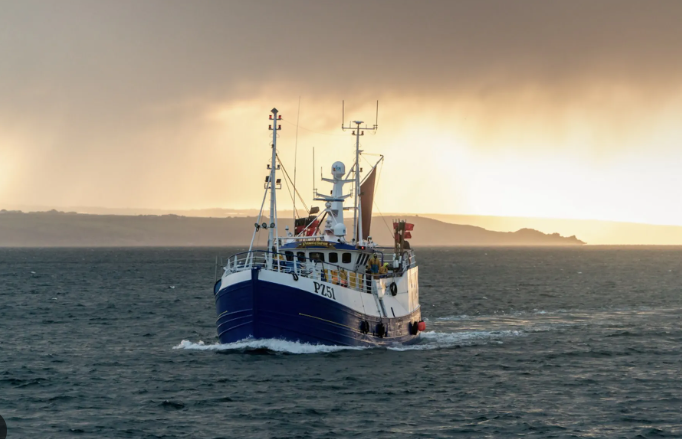
13. ‘Bucket-List’ Fish Once Pushed to Brink of Extinction Makes a Remarkable Return
ENGLAND: British waters are enjoying a return of bluefin tuna. The fish had all but disappeared from the area until 2014, and was labeled as endangered by the British government. Now, the huge predator is making a comeback according to the UK’s commercial fishing industry, which just finished its first bluefin season in nearly 60 years. Over the three years prior to the season, data was collected on thousands of bluefin through a catch, tag, and release program.
Over 2,800 anglers paid for the opportunity to participate. Bluefin fishing will continue to be highly regulated, however, to keep the fish population healthy. Mackerel – a bluefin staple – may also be added to the list of regulated fish to benefit the effort. Given the success of the tag and release program, the British government will be urged to continue monitoring the population of the giant fish.

14. Germany Plans to Enable Underground Storage of Carbon Dioxide at Offshore Sites
BERLIN: In the continuing effort to combat climate change and move toward the goal of reducing emissions to “net zero” by 2045, Germany has initiated an ambitious project that will enable the storage of carbon under the sea. Acknowledging that time is running out in the fight against climate change, continued progress in alternative energy sources and carbon mitigation is essential.
Programs like Germany’s carbon storage project are part of economy and climate minister Robert Habeck’s “carbon management strategy”, which still needs to be fine-tuned into legislation. Opponents say that the technology is unproven and may be less effective than alternatives such as solar and wind decarbonizing, however, Hubeck believes the technology is mature and safe. Hubeck warns that global warming has now increased the earth’s temperature by almost 1.5 degrees Fahrenheit and we can’t afford to wait any longer.
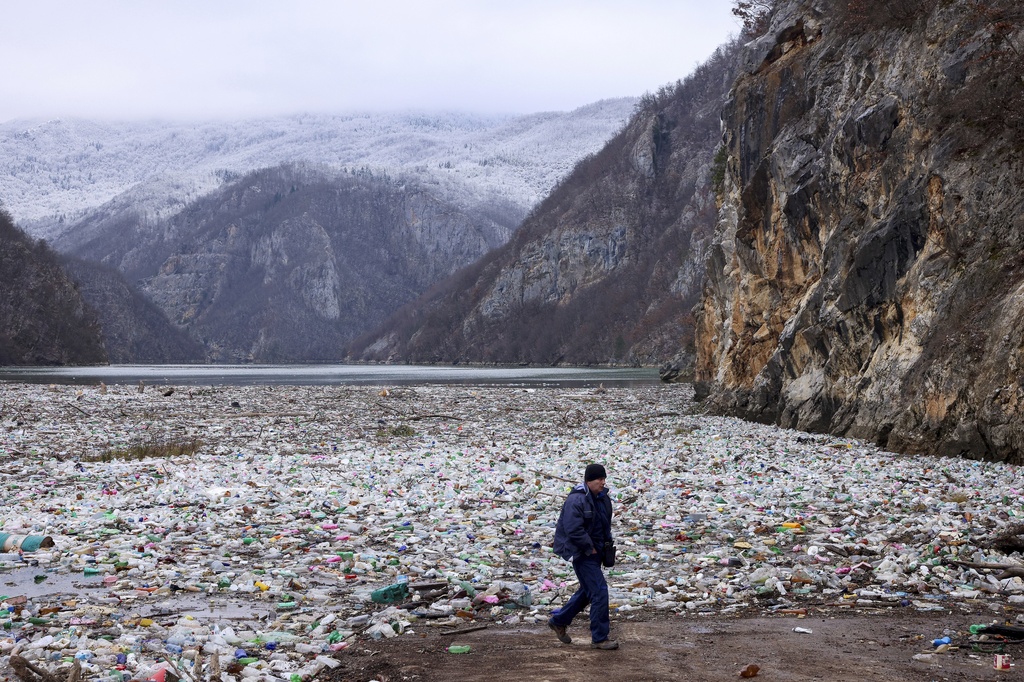
15. UN Member States Are Meeting to Plan How to Tackle the World’s Environmental Crises
NAIROBI, Kenya: Leila Benali, president of this year’s United Nations Environment Assembly, put it simply: “It is up to us to deliver a clean greener, and safer future for all people”. The world’s top decision-making body on the environment is meeting in Kenya this week to figure out how all countries can work together to better face what are now environmental crises, like climate change, pollution, and loss of biodiversity.
At the meeting, member states will discuss draft resolutions on a range of issues that the assembly adopts upon consensus, in which case the stage is set for countries to implement what’s been agreed on. Countries having different priorities makes it hard to get consensus, but there seems to be “a forward movement” about this year’s draft resolutions, which include how to restore degraded lands, combat dust storms, and reduce the impact of mineral mining.
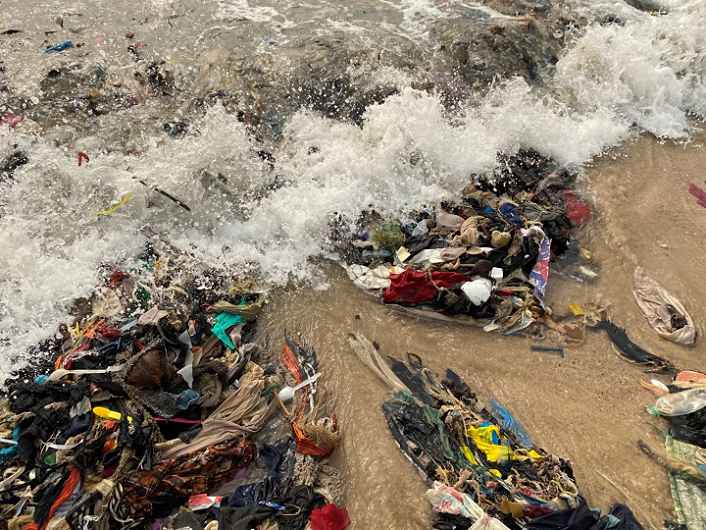
16. Can Nigeria Turn the Tide on Plastic Pollution?
LAGOS, Nigeria: Disposable cups, plastic bottles, and packaging are all swept up by the heavy rains that beset Lagos, and invariably end up in the coastal city’s drains and waterways. Most floods that happen here are due to blockages of non-biodegradable polystyrene packages, rather than the volume of rainfall. Hoping to tackle this problem, city authorities will start enforcing a ban on Styrofoam take-away containers.
Along with China, India, and The Philippines, Nigeria is one of the leading countries contributing the most mismanaged waste globally, with 2.5mn tonnes of plastic waste every year. The ban, which will eventually be extended to other single-use plastic, has been welcomed by green campaigners, but there is cause for concern. Namely, an abrupt measure could take a heavy toll on factory workers in the plastic industry, food vendors, and small-scale restaurant businesses. A more gradual approach might be needed.
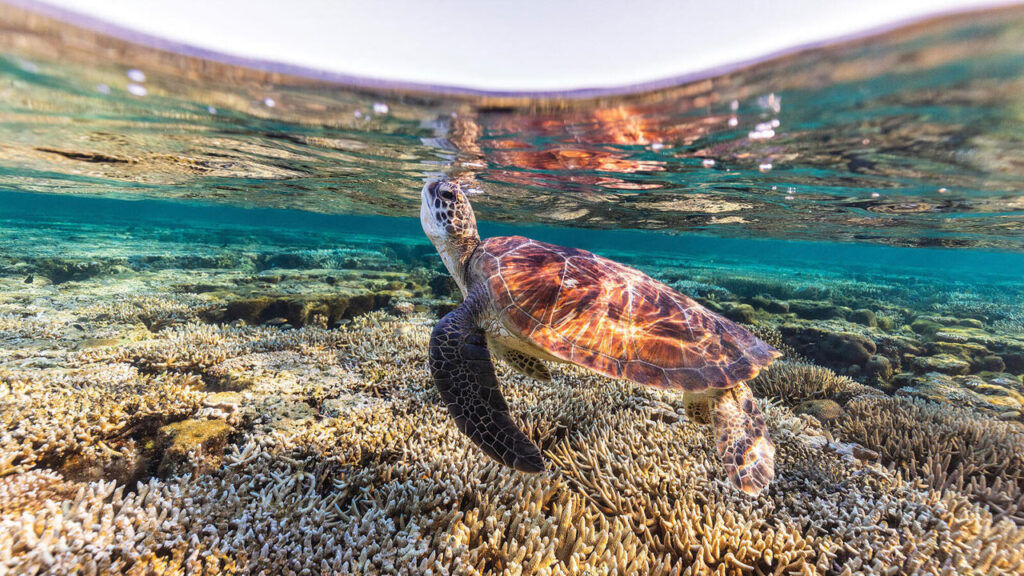
17. Fiji’s Government Tourism Marketing Arm Partners with Counting Coral for Marine Conservation
FIJI: Tourism Fiji, which is the arm of the government responsible for promoting Fiji as a visitor destination around the world, has partnered with Counting Coral, a nonprofit dedicated to the preservation and restoration of coral reef ecosystems through innovative sculptural coral gene banks. The collaboration will support sustainable tourism initiatives while promoting marine conservation efforts in Fiji’s waters.
One of Counting Coral’s notable projects is the installation of its first sculptural coral gene bank in 2022 at Blue Lagoon Beach Resort on Nacula Island in Fiji. Building on this success, Counting Coral is set to embark on its next venture, the Vomo Project, scheduled for next month on VOMO Island. This project will be designed to host 500 corals for planting, further advancing coral conservation efforts in the region.
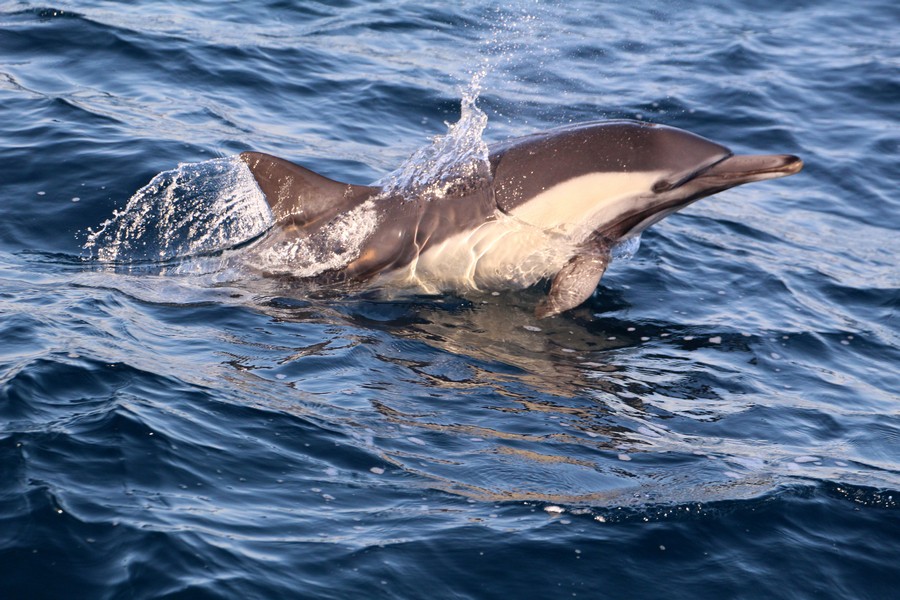
18. Whales and Dolphins Bear the Brunt as Seas Turn Toxic
A groundbreaking study led by Florida Atlantic University’s Harbor Branch Oceanographic Institute has unveiled alarming levels of toxic heavy metals in stranded whales and dolphins along the southeastern coast of the United States. The study analyzed tissue and fecal samples from 90 individuals across nine different species, revealing a disturbing accumulation of both essential and non-essential trace elements.
The presence of heavy metals such as mercury, cadmium, and lead points to a larger, more insidious problem of environmental contamination, predominantly stemming from human activities. There was an alarming upward trend in the concentration of heavy metals over time, from 2019 to 2021, as compared to those from the earlier years of 2010 to 2018. The study serves as a stark reminder of the far-reaching impacts of environmental pollution, calling for immediate action to mitigate the contamination of our oceans.
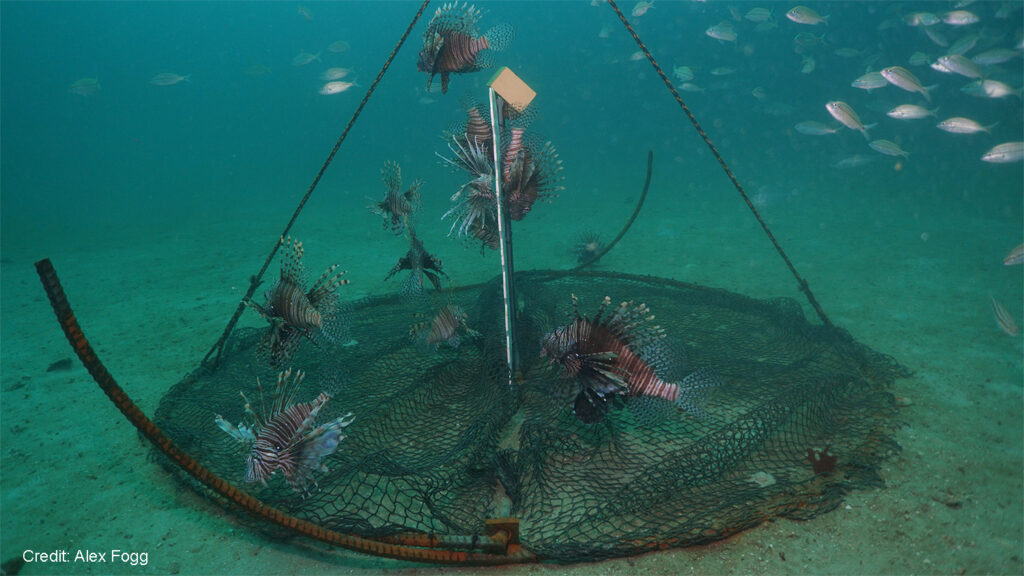
19. These Technologies Are Helping to Save Our Ocean
The ocean covers 70% of the planet’s surface and provides an endless list of benefits to all: it’s a giant global carbon sink that helps regulate our climate, generates more than half of the oxygen we breathe, provides food and medicines, jobs and economic benefits and more. But the health of our ocean is declining due to the climate crisis, biodiversity loss, pollution, and other threats.
A host of new technologies are being developed that could help preserve the health of these vital planetary support systems. These include innovations focused on marine surveillance, connecting underwater technologies, protecting marine life, and protecting and restoring coral. While no single innovation can safeguard the health of our ocean, the collective efforts of technologies aimed at understanding, protecting, and restoring the world beneath the waves can make a difference.
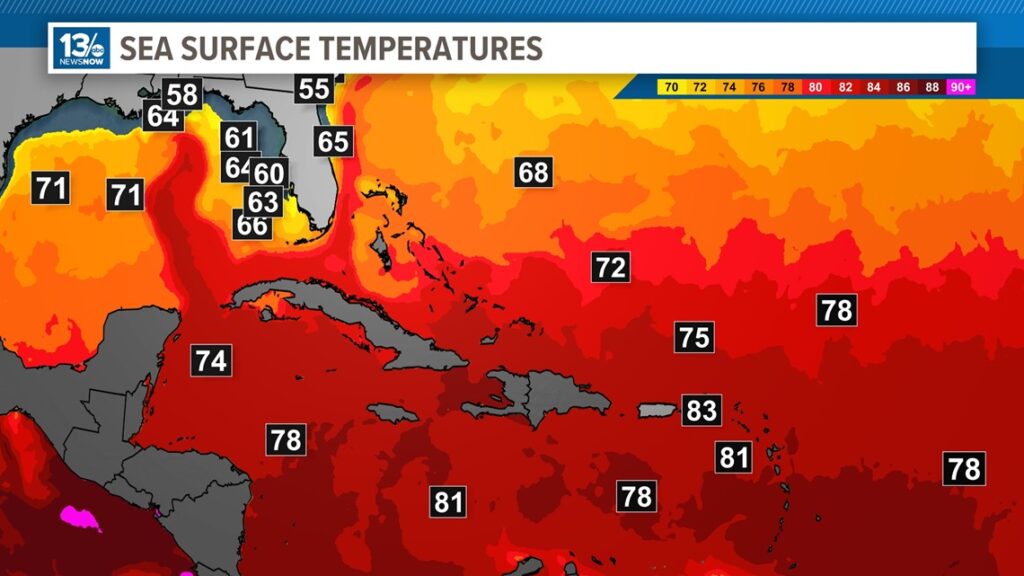
20. Why Warm Ocean Temps Now Could Indicate an Active 2024 Hurricane Season
NORFOLK, Va. — Ocean temperatures in parts of the Atlantic Ocean are far from normal. Sea surface temperatures in the tropical Atlantic’s “MDR” or Main Development Region are averaging close to 3°C or 5.4°F warmer than usual. These current mid-late February sea surface temperatures are more typical of those found in July! Tropical systems draw their energy from the warm sea surface.
If winds allow, a developing system moving over water temperatures at or above 80°F typically maintains or gains strength. So some parts of the Caribbean Sea and a significant portion of the MDR spanning the tropical Atlantic are close to or even above that threshold. This doesn’t mean the coastal United States is under an immediate threat from any tropical systems due to several offsetting conditions. But by the time summertime heat arrives, it could lead to a more active hurricane season.
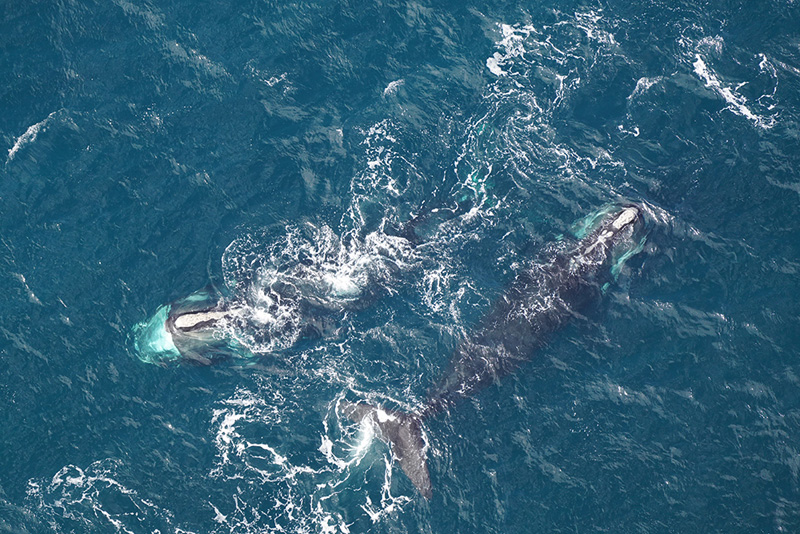
21. Dozens of Right Whales Spotted in Regional Shipping Lanes
EDGARTOWN, Mass: Marine conservation officials are asking boaters to reduce vessel speeds in the region after dozens of North Atlantic right whales were spotted swimming in shipping lanes off Nantucket and Cape Cod last week. The New England Aquarium survey team was in the area on Feb. 20 when scientists spotted a group of right whales surface feeding about 35 miles east of Nantucket.
A second group of right whales was seen 20 miles east of Chatham. The Feb. 20 whale sightings triggered NOAA to extend a voluntary slow speed zone for mariners to reduce their speed to 10 knots to protect the whales. NOAA is currently considering modifications to the existing vessel speed rule to better protect the critically endangered North Atlantic right whale, whose population is estimated at less than 360 individuals.
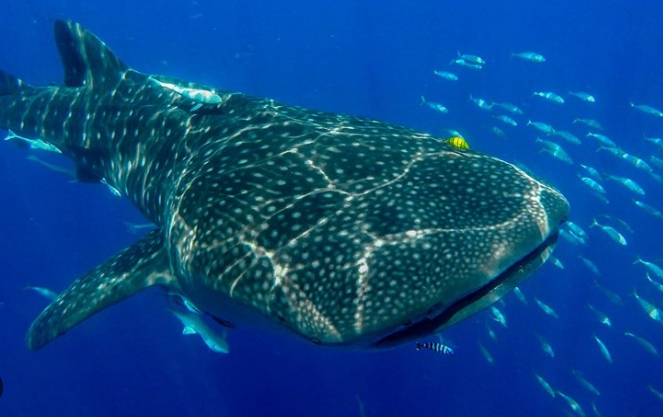
22. CMFRI Proposes ‘Shark Hotspots’ to Protect Endangered Species
The ICAR-Central Marine Fisheries Research Institute (CMFRI) has proposed the demarcation of “shark hotspots” in Indian waters to implement spatio-temporal fishing regulations. This move aims to safeguard endangered species, juveniles, and breeding adults from targeted fishing. Sharks have not evolved to withstand over-exploitation, they have a long lifespan and low reproductive output. There has been a declining trend in shark catches, which are very often by-catches.
This is good news, however, much remains to be done as the populations are already overfished and declining too. CMFRI will focus in the next five years on understanding the complex interplay between fishing activities and other factors affecting shark populations. CMFRI has been recognised as a CITES (Convention on International Trade in Endangered Species of Wild Fauna and Flora) Scientific Authority in India and is responsible for conducting non-detrimental finding studies on CITES-listed marine species.
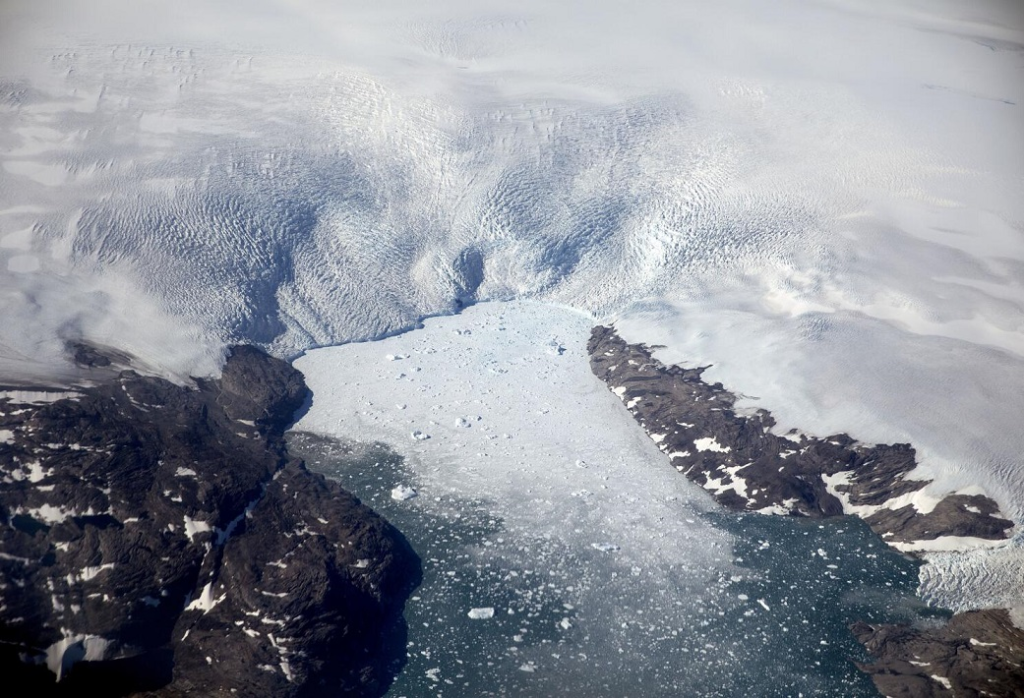
23. The Atlantic Meridional Overturning Circulation Could Collapse, Altering Global Weather
The Atlantic Meridional Overturning Circulation, or AMOC, is a system of ocean currents that circulate water in the Atlantic Ocean, helping to redistribute heat and regulate global and regional climates. Scientists are sounding the alarm that this crucial component of the planet’s climate system is in gradual decline and could one day radically alter global weather patterns.
“It would plunge Europe into essentially a regionalized Ice Age while leaving the rest of the world on its continued warming path,” said Daniel Swain, a climate scientist with UCLA. Other potential effects include rapidly rising sea levels, with more than 2 feet of sea-level rise possible along some coastal regions. There are indications that AMOC has been weakening over the last century, including a roughly 15% decrease since 1950.
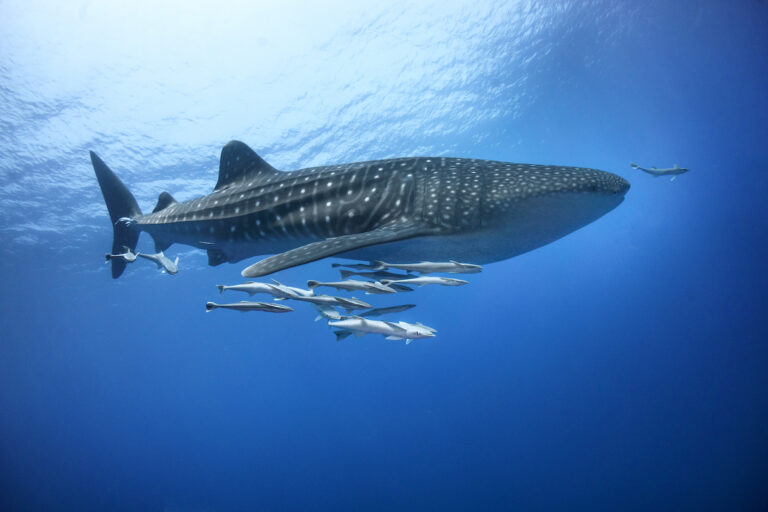
24. Summit on Migratory Species Sides With Science, Throws Shade on Deep-Sea Mining
At the latest assembly of the Convention on the Conservation of Migratory Species of Wild Animals (CMS), representatives of governments made a series of decisions aimed at protecting migratory marine species. Representatives from 133 member states met in Samarkand, Uzbekistan, from Feb. 12-17 to discuss measures to protect migratory species on a global scale.
Many decisions at the meeting, known as COP14, focused on the protection of marine species, including the listing of several species in the convention’s appendices, a draft decision on vessel strikes, and an updated resolution on climate change. The convention also adopted a resolution urging parties not to engage with or support deep-sea mining until more scientific evidence is acquired. This resolution garnered criticism from the secretary-general of the International Seabed Authority, the U.N.-mandated body that governs deep-sea mining in international waters.
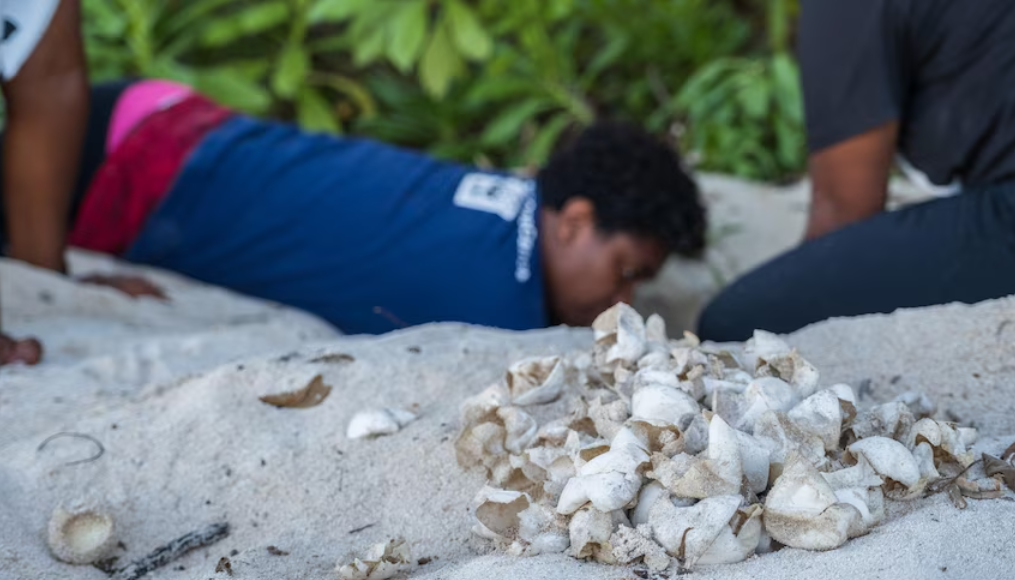
25. Fijian Marine Conservation Motivates Village Neighbours, Research Finds
Fiji: According to a study, indigenous-led marine conservation in one area may have motivated nearby neighbors to set up similar projects. The researchers say that is a win for the environment. “We started with that investigation to see whether neighborhoods had effects and then we tried to explain what the reasons were,” says Dr. Adam. Areas where indigenous people and local communities have rights to access and harvest resources are classified as indigenous-led resource management, and there is merit in looking into these systems.
They are local, but also assisted in many different ways through support organizations and government regulations. The research, conducted by Conservation International in Fiji, found that these types of local projects could help bring about wider uptake. This goes to show how important and valuable these social efforts can be.
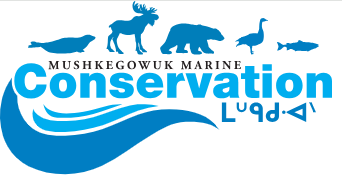
26. Mushkegowuk Marine Conservation Area Gets Federal Support
HUDSON BAY, Canada: Representatives from Canada’s Ministry of the Environment and Climate Change were in Kashechewan First Nation on Wednesday, Feb. 21 to formally accept a study authored by first nations proposing a marine conservation area along the west coast of James and Hudson Bays. MP Adam van Koeverden, parliamentary secretary to the Ministry of Environment & Climate Change, and Ron Hallman, Parks Canada president and CEO accepted the study for the Mushkegowuk National Marine Conservation Area for further analysis.
The next step involves consulting the affected communities and submitting the results to Parks Canada. Following that, it could take up to a year for Parks Canada to approve the plan. The project is one of four Ottawa committed to supporting in December 2022 when they announced spending up to $800 million to support four major Indigenous-led marine conservation projects across the country.




